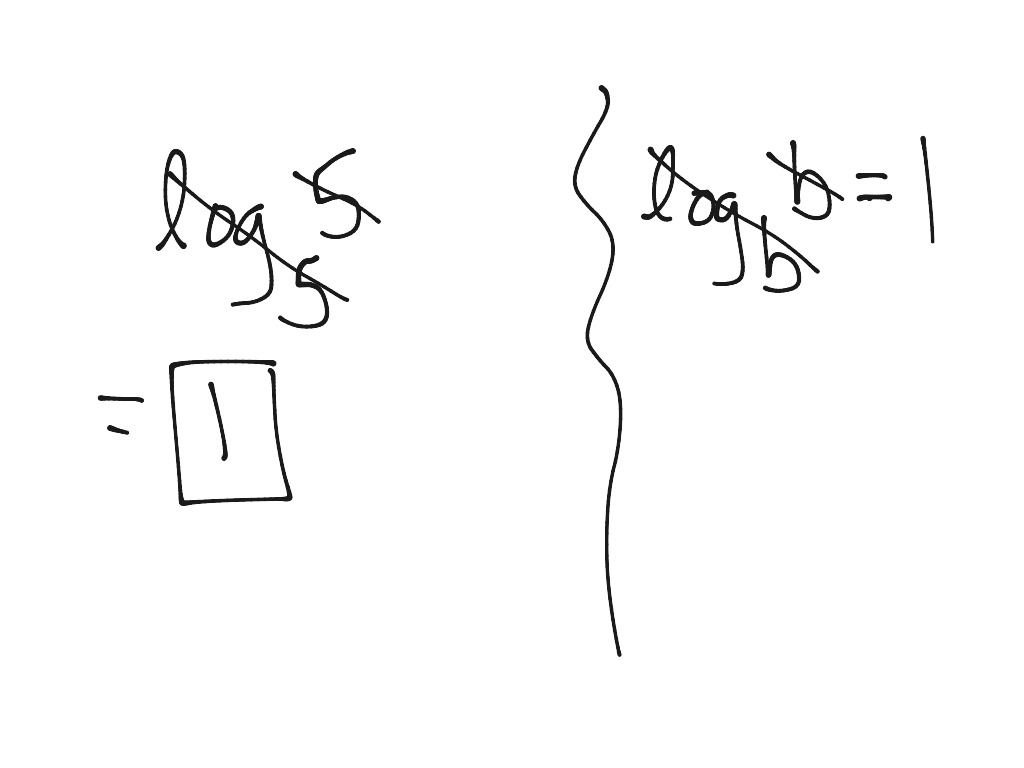

Trying to handle all special cases in the model layer can begin to feel clunky and over-complicated, especially if you find yourself plastering roles all over the place.Ī key insight here is that mass assignment security is really about handling untrusted input. Some applications have complex authorization requirements. The Homakov Incident initiated a conversation around mass assignment protection in the Rails community (and onward to other languages, as well) an interesting question was raised: does mass assignment security belong in the model layer? Mass assignment security is really about handling untrusted input. Rails 4 Strong Parameters: A Different Approach If not set, it will handle mass-assignment protection silently - meaning that it will only set the attributes it's supposed to, but won't raise an error. As of v3.2, this option is set for you in the development and test environments (but not production), presumably to help you track down where mass-assignment issues might be. You'll need to handle these errors explicitly. If set to :strict, it will raise an ActiveModel::MassAssignmentSecurity::Error any time that your application attempts to mass-assign something it shouldn't. Strictnessīeginning with Rails 3.2, there is additionally a configuration option to control the strictness of mass assignment protection: config.active_record.mass_assignment_sanitizer. Please note that this option is enabled by default from Rails 3.2.3 forward. If set to true, mass assignment will be impossible for all models unless they specify an attr_protected or attr_accessible list. If set to false, mass assignment protection will only be activated for the models where you specify an attr_protected or attr_accessible list. You can control mass assignment behavior in your application by editing the config.active_record.whitelist_attributes setting within the config/application.rb file. User.can_fire_missiles #=> true Application-wide Configuration Here's an example: attrs =, :as => :admin)

User.email #=> the convenience of mass assignment, we'd have to write an assignment statement for each attribute to achieve the same result. By way of an example, imagine that we have the following User class in our application: # Assume the following fields: Ĭlass User "John", :last => "Doe", :email => = User.new(attrs) To begin, let's first take a look at what mass assignment means, and why it exists. In this article, we'll review what mass assignment is, how it can be a problem, and what you can do about it in your own applications. His intent was mostly to point out a common security issue with many Rails apps that results from a feature, known as mass assignment (and did so rather loudly). Early in 2012, a developer, named Egor Homakov, took advantage of a security hole at Github (a Rails app) to gain commit access to the Rails project.


 0 kommentar(er)
0 kommentar(er)
